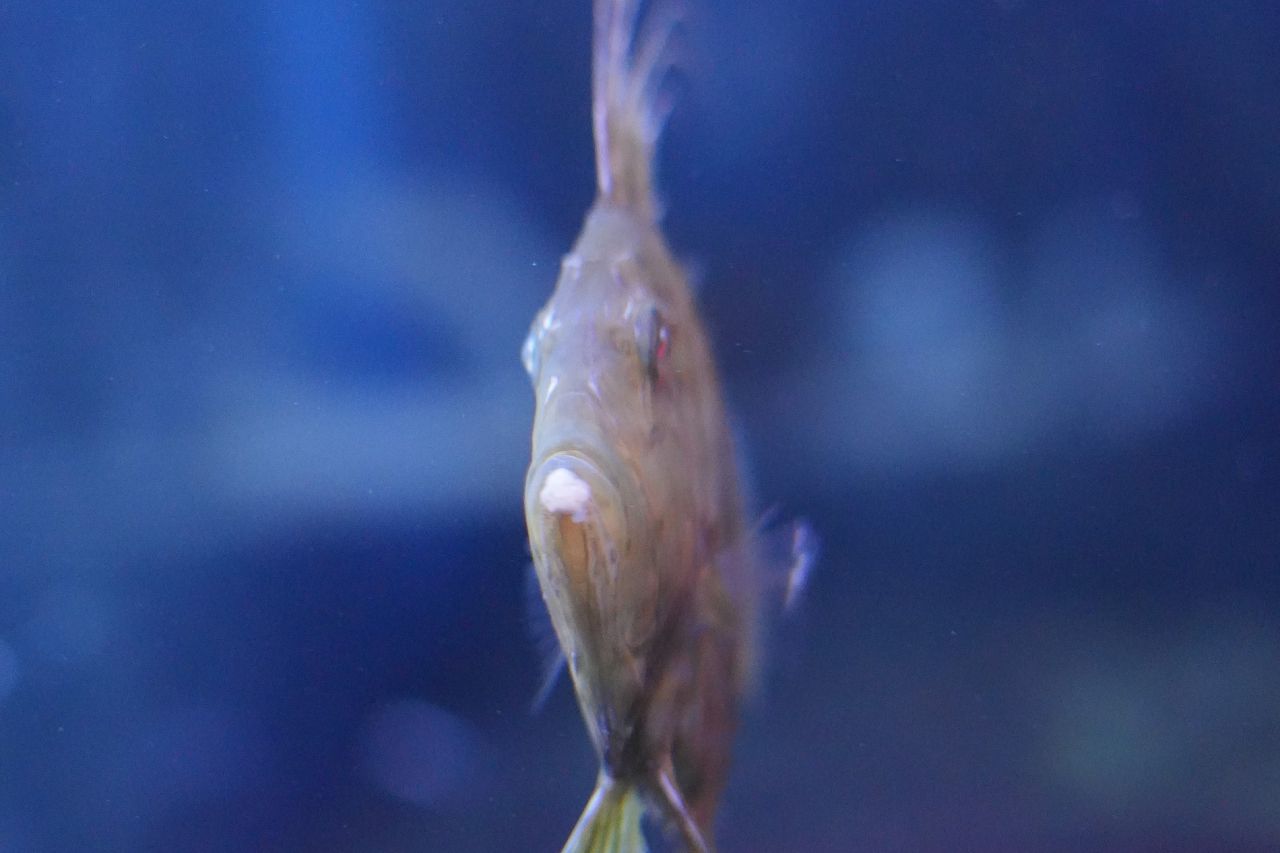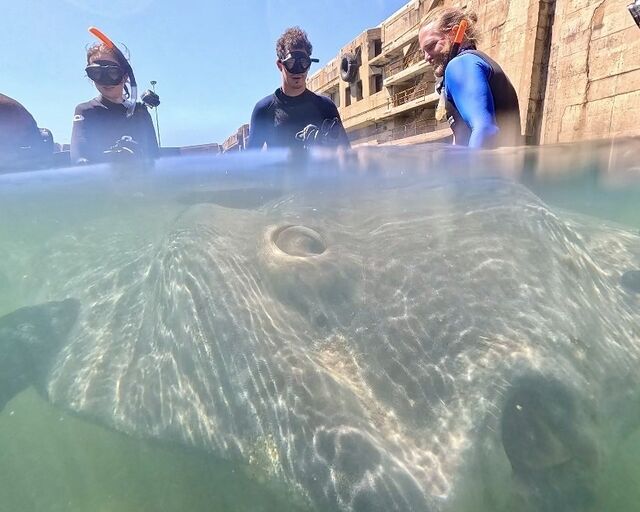Legend has it that the John Dory is named after the ballad in which a pirate captain, named John Dory, was pardoned by the French king. Another legend has it that the black spot found on the fish’s side is the thumbprint of St Peter himself, who is said to have set one of these fish free in the Mediterranean Sea. The John Dory is truly a fish of legend!
The John Dory (Zeus faber) is a wide-ranging, solitary species living close to the seabed at depths between 5m and 360m. It is occasionally found in shallow water, usually following cold water upwellings. The John Dory lives around Asia, Europe, Africa, Japan, Australia and New Zealand.
This beautiful fish is a combination of olive green and silver in colour and has a distinctive dark round spot situated centrally on each side. The John Dory is often confused with the Cape Dory (Zeus capensis), which has a fainter spot on or above its lateral line. The John Dory grows to a maximum size of 90cm and five kilograms in weight. It typically has ten long spines on its dorsal fin and microscopic, sharp scales that run around its body.
The John Dory is oval-shaped and has a compressed body, with a large protruding mouth. Its compressed body makes it difficult to see from the front. This, combined with its forward-facing eyes, which provide binocular vision and depth perception, makes it incredibly effective at ambushing prey!

Juveniles typically eat zooplankton, whereas adult John Dory eats fish, squid and crustaceans. The adult fish will stalk its prey and when ready to pounce, will extend its jaw forward in a tube-like structure to suck in the prey, along with some water, which then flows out through the gills.
The John Dory can live to a maximum of 15 years. If it does not live out its entire lifespan, chances are that a dusky shark or a large bony fish, being its main predators, are to blame.
This unusual fish is now on display at the Two Oceans Aquarium for all visitors to see - be sure to check it out on your next visit!
Related News
Sign up to our Newsletter
Receive monthly news, online courses and conservation programmes.




